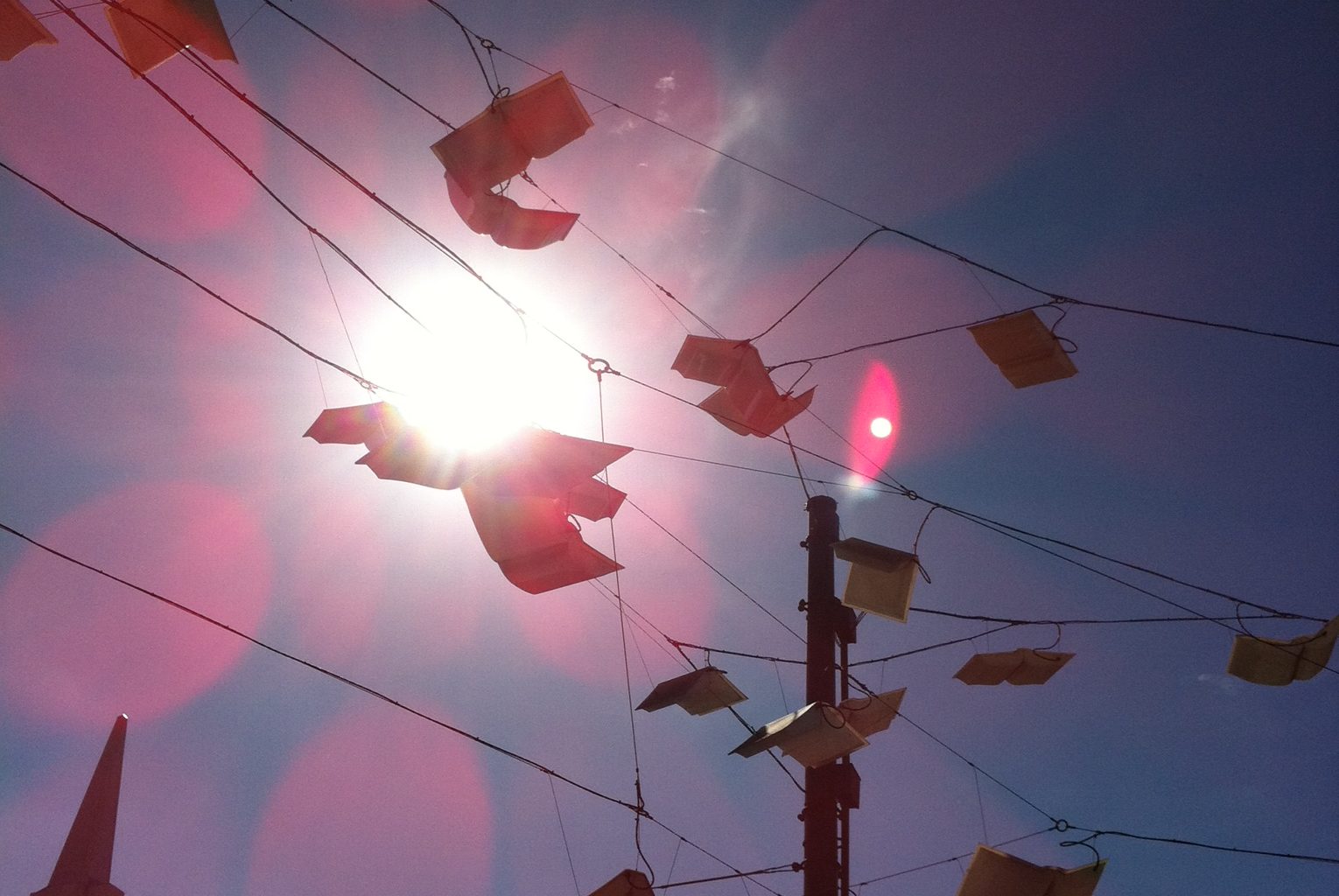[su_frame]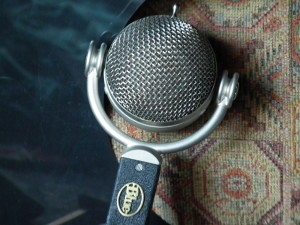 [/su_frame]Microphones are an art form. Of course, they provide many subtleties enabling you to shape the sound in the studio and even off the stage. Check out this shootout between two electric guitar mics, the Shure SM57 and the Blue enCore 100i. In addition, though, I can’t help but appreciate the sculpture of them. Even the boxes are beautiful.
[/su_frame]Microphones are an art form. Of course, they provide many subtleties enabling you to shape the sound in the studio and even off the stage. Check out this shootout between two electric guitar mics, the Shure SM57 and the Blue enCore 100i. In addition, though, I can’t help but appreciate the sculpture of them. Even the boxes are beautiful.

To record your music, there is no doubt that you need good microphones. But how does one define good? There are quality mics available between $50 and $100, or you could easily pay thousands.
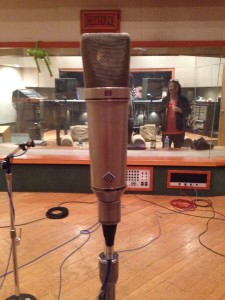
This article will cover the basic theory of how microphones reproduce sound, and it will explore the aesthetics of microphones as well. Music and especially rock & roll is largely emotional. The science can’t be the whole ballgame and that means that the look and feel of the mic may have a substantial impact on the music recorded or reproduced live. 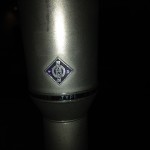
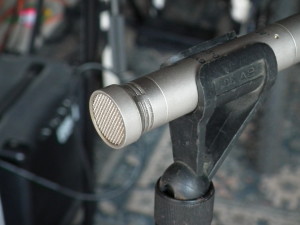 [/su_frame]
[/su_frame]
We simply don’t observe the movement of air that produces sound through ordinary experience, except perhaps if someone whispers very closely into your ear. But even then, I doubt whether anyone innately associates the felt breadth with the heard sound. At the cognitive level, of course, we can understand the idea that sound is a wave that travels through air. Even at that, though, an inherent mystery continues. There is air all around us moving in every direction at every moment. How can the small amount of air moved by our mouths create sound that can be heard at some distance, even without amplification. And don’t get me started on the whole amplification process. [su_frame]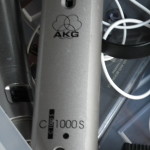 [/su_frame]I’m not talking about the electronics, which are bad enough. Just the mechanics of the system seems incomprehensible. With all the air moving all over the place, how can a speaker so precisely replicate the sound that was recorded early. It’s magic that we hear anything, and music can justly be considered the voice of God.
[/su_frame]I’m not talking about the electronics, which are bad enough. Just the mechanics of the system seems incomprehensible. With all the air moving all over the place, how can a speaker so precisely replicate the sound that was recorded early. It’s magic that we hear anything, and music can justly be considered the voice of God.
If you want to make good music, live or on a recording, you are going to have to capture it. To be honest, it is possible to capture many sounds today without a mechanical microphone. Keyboards and sampled sounds allow us to recreate virtually anything. Guitars still need a microphone of sorts, but can be recorded well relying only on the microphone in the pickups. Micing an amp is not the only way any more. Still, to capture the human element microphones continue to play a major role in the process. Music may be the voice of God, but he (or she) speaks through us and generally doesn’t provide any hints about the best microphone choice.[su_frame align=”right”]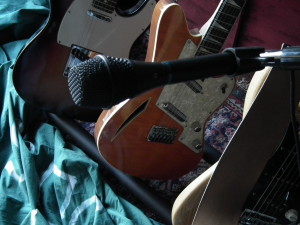 [/su_frame]
[/su_frame]
Before discussing the particular types of microphones, it will be useful to consider the pattern in which the microphone captures sound. There are two basic types. The first is the omni-directional mic that uses changes in pressure to record sound. Sources affect the microphone in roughly the same way regardless of where the sound comes from. The larger the diaphragm, however, the more high end loss will occur as the sound moves off axis. That might suggest that small diaphragm mics would be better, except that they require more amplification, which introduces electronic noise. Omnis capture low frequencies more effectively and are less susceptible to noise and rumbles from mechanical vibrations.
The second basic type of microphone pattern is the figure 8. This type of mic uses a diaphragm open to the air on both sides. It responds to the difference (or gradient) in pressure (sometimes referred to as the velocity) between the front and the rear of the diaphragm. As the name suggests, it picks up a source equally well from the front and rear, but not from the sides. Design characteristics required to make figure 8 mics respond well across the frequency spectrum tends to make them more susceptible to rumble. They also exhibit the “so-called” proximity effect in which low frequencies are accentuated when the source gets close to the microphone. This effect can be more or less desirable, depending on the nature of the recording.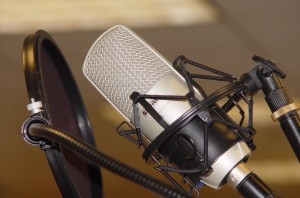
The popular cardioid microphone pattern — really more vertical-apple-slice in shape than heart — is a combination of an omni pressure mic and a figure 8 velocity mic into one. The heart-shaped pattern primarily picks up sound directly in front where the omni and figure 8 sensitivities align. Signal pickup tapers off at the sides as the omni is no longer reinforced by the figure 8. Very little sound is picked up from the back as the omin and figure 8 have opposite polarity, resulting in cancellation of the signal. This pattern is useful in live contexts both to minimize crowd noise in the mics and to minimize feedback from the monitor speakers. But the design of the microphone causes frequency response changes when the sound source if off-axis. In settings where reflected noise arrives at all angles, a cardioid can sound nasal or boxy. They also exhibit the same proximity effect as a figure 8. By altering the characteristics of the pressure and velocity capture, the pattern can be altered to produce narrow-pattern mics, such as supercardioid and hypercardioid patterns. These mics, however, may exhibit more sensitivity directly behind the mic and less sensitive points at diagonals off the rear. Knowing this can be important for proper mic placement. You want a stage monitor, for example, pointed at the lowest sensitivity spot.
To sum up the basics, the directional capabilities of figure 8 and cardioid microphones can be extremely useful in creating separation among sounds. But they will add color to the extent that off-axis sound does seep in, and they will exhibit proximity effects. Omni mics will capture everything but with less sensitivity to movement and less coloration. Of course, coloration can be good. Perhaps the most important lesson of recording is that there is no “perfect” record of reality. Distortion can be the spice of audio life. The test should be whether it sounds good, not whether it represents some level of accuracy in capture the true sound of the source. If you look at it that way, you will probably produce better recordings with less frustration.[su_frame align=”right”]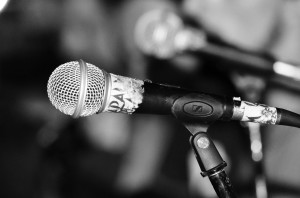 [/su_frame]
[/su_frame]
The early mass produced microphones were used in telephones and consisted of carbon dust spread across a diaphragm. The sound waves compressed the dust, changing its electrical resistance and these changes could be measured and used to reproduce sound by passing a current through the carbon dust. You won’t find a carbon dust microphone in many studios today. But if you want an authentic telephone conversation sound. Well, now you know. Telephones, cell phones, computers, and headsets today use an inexpensive electret microphone. The rely on a permanently charged electret material built into the microphone to create the current that is modified by the air waves.
The most commonly used microphones in music reproduction today, at least for live music reproduction, are dynamic microphones. The Shure SM57s and SM58s have been staples of this microphone type for a quarter century and remain so today. these mics will typically have a cardioid pattern.
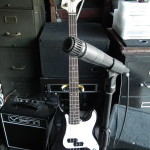
A dynamic microphone use a magnet and wire to create a current flow. In a dynamic microphone, sound waves hit the diaphragm either a magnet or a wire coil moves, creating the changes in current flow that then reproduce the sound. Because of their sturdy nature (SM57s are Captain Scarlets of the microphone world – virtually indestructible), [su_frame]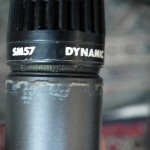 [/su_frame]dynamic microphones are commonly used in live settings where mics take a beating. They are also used with extremely loud and hi attack sounds, like amplified electric guitars, brass instruments, and drums. They reproduce voice so well, however, that the studio vocals on some of the greatest recordings of all time were recorded on dynamic microphones.
[/su_frame]dynamic microphones are commonly used in live settings where mics take a beating. They are also used with extremely loud and hi attack sounds, like amplified electric guitars, brass instruments, and drums. They reproduce voice so well, however, that the studio vocals on some of the greatest recordings of all time were recorded on dynamic microphones.
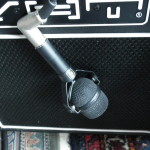
Michael Jackson and Bono are rumored to have used nothing else. SM57s are available used for around $60, and even highly regarded Sennheiser microphones prized for their ability to record drums can be had for under $300.
If you want to have some fun experimenting with recording, however, you may want to branch out a little. Dynamic mics are very forgiving and can be hit really hard and still sound great. Leading alternatives that can be fun in the studio or some live settings are condensers and ribbon microphones. You can certainly pay a lot for these — well into the thousands — but there are lots of low cost examples available now. They may not be the best. But for under $200 you can find used one that is plenty good enough to enable you to learn how they differ from the dynamic mics that most of us grew up with.
A condenser microphone uses capacitor in which one plate moves in response to sound waves and this movement changes the capacitor’s capacitance. Condenser microphones need a power source to provide a voltage across the capacitor. Some have batteries built in, and others rely on a small voltage provided by the mixing console known as phantom power. Condensers come in a wide variety of evocative shapes and sizes from tiny small diaphragm models to huge large diaphragms. These microphones will often have omni patterns.
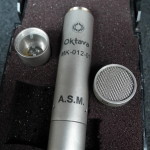
The condenser mics that I have used seem much more sensitive than dynamics. They can capture nuance and airiness in softer sounds that would likely be masked by a dynamic mic. I remember leaving a condenser mic on one night and coming back to hear an amazing recording of the crickets outside! An SM57 couldn’t have done that. I’ve had good luck recording my vocals (rough, rough, rough) through a condenser.
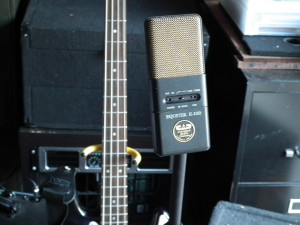
They also work well for more muted instruments like acoustic guitars (particularly if finger picked). I thought it would be great to use one on our singer’s ukulele when we played live. I learned, however, that the open patterns on at least my Blue Dragonfly condenser would feedback like crazy in a live setting.
Ribbon microphones were a big deal in the early days of radio, producing sound with more clarity than their predecessors. Although that have a more blunted, less sparkly, feel than either condensers or dynamics, they are making something of a comeback in the recording studio, and potentially even in live settings for spoken word reproduction. A thin ribbon of various types of materials is suspended in a magnetic field. Sound waves move the ribbon, which changes the current flowing through it. Ribbon microphones are bidirectional, picking up sounds from both sides of the mic. The figure 8 pattern can be used creatively to produce separation and works well for multiple backup singers who can sing into both sides.
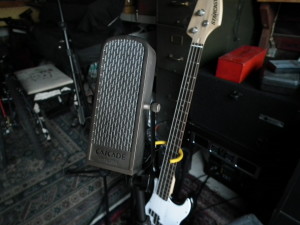
Vintage models could be damaged by the phantom power that mixing consoles produce to drive condenser microphones. But modern ribbons, like dynamics, can take or leave the phantom! They can work well when recording something that might come across as shrill. And in a mix, the rounded edges of a ribbon mic recording can fit very well. I recently used a ribbon mic and a dynamic to record a rehearsal session, mixing the two together to create a practice recording for our singer. I think it worked pretty well.And ribbons look amazing. A review of a Cascade Model 731R ribbon mic in my collection described it as looking like someone removed it from the top of the Chrysler building. I used it for a story reading, in large part for the visual impact.
Another popular microphone is rock & roll circles is the “so-called” bullet mic named for its distinctive shape. These high impedance dynamic mics were introduced by Shure in the late-1940s primarily as heavy-duty voice microphones for radio dispatch uses. Think of the small mic stand on a desk with a grip switch that turned the mic on and off. Ham radio operators also use this type of microphone.
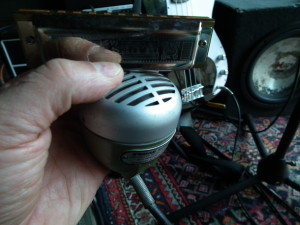
Over time, it was discovered that they could capture the sound of harmonics very effectively.
Some have speculated that blues artists in the 1950s started using bullet mics for harp merely because they were cheap and easy to hold in your hands while playing a harmonica. Harmonica can certainly be reproduced well by other sorts of mics. But the distorted bullet sound, whether adopted intentionally or by happenstance, has become a pillar of classic blues harp.[su_frame align=”right”]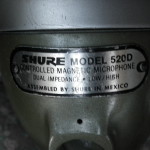 [/su_frame]Bullet mics — sometimes in combination with other mics — can also produce interesting distorted effects on vocals and other instruments. Check out the Badass Harmonic site for interesting info and cool pictures of bullet mics.
[/su_frame]Bullet mics — sometimes in combination with other mics — can also produce interesting distorted effects on vocals and other instruments. Check out the Badass Harmonic site for interesting info and cool pictures of bullet mics.
